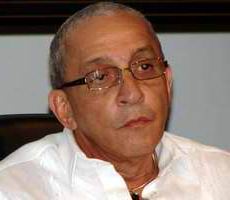11.3.6 Songo.

Songo is a rhythm in Cuban music, created in the 1970s by percussionist José Luis Quintana, known as Changuito, and bassist Juan Formell. This new variation was popularized by the renowned Cuban popular music orchestra Los Van Van.
Songo is made up of components taken from Son, Rock, and Jazz; that is, it is the result of a blend of Son with Beat and Yoruba music. Musically, it consists of a rhythmic scheme based on percussion, mixed with a tumbao (beat) performed by the piano, and the electric bass playing off-beat, creating a beautifully crafted rhythm.
The instrumental format used for the performance of Songo consists of a percussion set with a full drum kit and other Afro-Cuban percussion instruments, including pailas. The lyrics of the songs can have social content and chronicle current events.
Songo, as a musical genre, brought contributions to Cuban music in terms of the treatment of certain instruments and their execution, as well as changes in the instrumental format. The new rhythm imposed transformations and contributions in the use of the drums (the break is performed on the high sound of the drums). Strings began to be used as percussion, violins as drums, and the guitar as a conga drum. Trombones were incorporated into the Charanga format, along with electronic instruments such as the keyboard and the system flute.
It was a rhythm that quickly captured the attention of Cuban popular music dancers and made them identify with it. New figurations were created in choreography, accompanied by pelvic thrusts and lascivious swaying movements.








